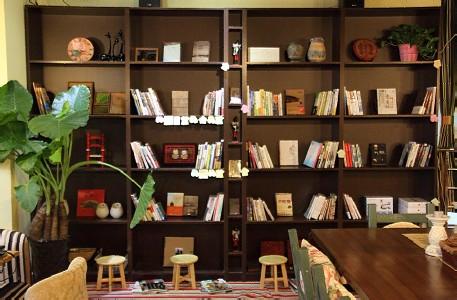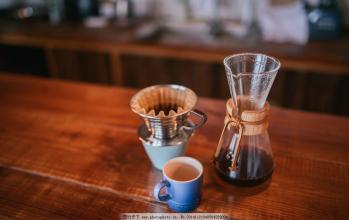Processing method for describing the taste and flavor of Honduran coffee graded
Processing method for describing the taste and flavor of Honduran coffee graded
High-quality coffee in Honduras uses water washing to deal with coffee beans, usually after soaking, when the defective fruit will surface, it can be discarded first. Then put the good fruit into the fruit peeling machine and peel off the peel with the rotating force of the machine. Peeled fruits are screened by machines to select fruits of high quality. Usually the bigger the fruit, the better the maturity. Coffee in Honduras is dried in the sun, so there is always a hint of fruit in the taste.
Honduran coffee comes from El Salvador. Coffee production was lukewarm at first until the frost in Brazil in 1975. At that time, Brazil was badly hit and coffee production plummeted, while Honduras took the opportunity to "take the top". Coffee production soared from 500000 bags to 1.8 million bags and was ransacked. Since then, coffee production in Honduras has really developed.
In Honduras, coffee-producing areas are divided into six major producing areas, spread to the west and south, namely Santa Barbara (Santa Barbara), El Paraiso (El Paraiso), Copan (Copan), La Paz (La Paz), Gongmayagua (Comayagua) and Olanqiu (Olancho), with an average height of over 1100 meters above sea level. Coffee varieties are Arabica, 69% are HG "High and low Coffee", 12% are SHG "Special Highland Coffee" and 19% are CS. There are mainly Typic, Bourbon, Caturra, Villa Sarch and Lempira.

Important Notice :
前街咖啡 FrontStreet Coffee has moved to new addredd:
FrontStreet Coffee Address: 315,Donghua East Road,GuangZhou
Tel:020 38364473
- Prev

The difference between coarse Coffee Powder and Fine Coffee Powder
The difference between coarse coffee powder and fine coffee powder-French press pot coffee powder 1) use a manual powder button and use an electronic scale to measure the weight of the powder. There will be an error of + /-0.2g when using manual pulverization. This is the conclusion we reached during the test, so you need to add or remove a little coffee powder to achieve the most standard weight. Some of our customers use small cups instead of handles when weighing them. you
- Next

Difference in taste between red bourbon and yellow bourbon coffee beans: a brief introduction to the origin story of bourbon coffee beans
A brief introduction to the characteristics of the taste of red bourbon and yellow bourbon coffee beans in short, if you are a lover and you have a preference for heavy coffee, then yellow bourbon will be a good choice for you. The joy and curiosity that Huang bourbon and Huang Tian from Guangzhou Coffee Salon wanted to taste were difficult to restrain, so it was already past 8 o'clock in the evening, so they also made it.
Related
- What brand of black coffee is the most authentic and delicious? what are the characteristics of the flavor of the authentic Rose Summer Black Coffee?
- Introduction to the principle and characteristics of the correct use of mocha pot A detailed course of mocha pot brewing coffee is described in five steps.
- Which is better, decaf or regular coffee? how is decaf made?
- How much is a bag of four cat coffee?
- How about four Cat Coffee or Nestle Coffee? why is it a cheap scam?
- Which is better, Yunnan four Cats Coffee or Nestle Coffee? How about cat coffee? is it a fake scam? why is it so cheap?
- How about Cat Coffee? what grade is a hoax? which instant coffee tastes better, four Cat Coffee, Nestle Coffee or G7 coffee?
- Process flow chart of coffee making-Starbucks coffee making process what coffee tastes good at Starbucks
- The top ten best coffee beans in the world Rose summer coffee or Tanzanian coffee tastes good
- Yunnan four cat coffee is good to drink?_four cat coffee is a big brand? four cat blue mountain coffee is fake?

